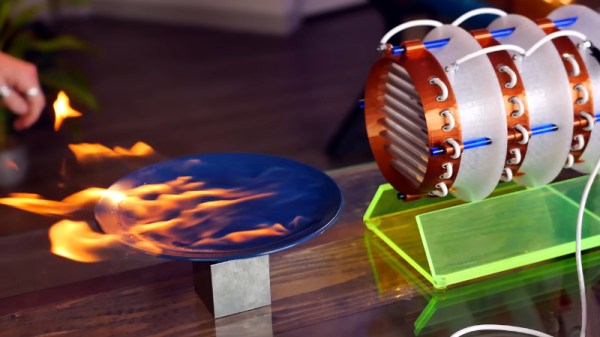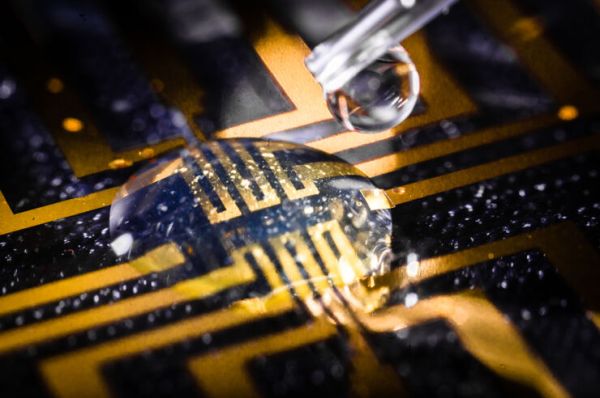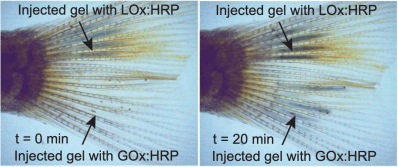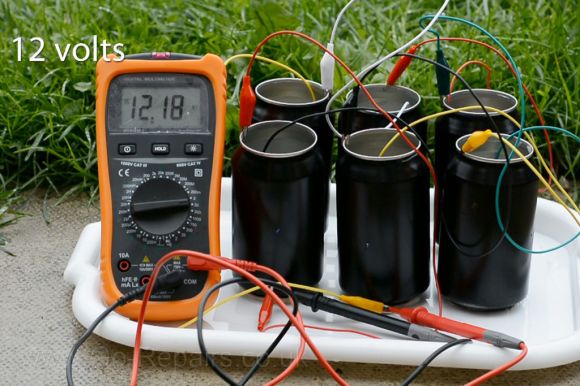As humans, we tend to consider our emotional states as a direct response to the experiences of our lives. Traffic may make us frustrated, betrayal may make us angry, or the ever-grinding wear of modern life might make us depressed.
Dig into the science of the brain, though, and one must realize that our emotional states are really just electrical signals zinging around our neurons. And as such, they can even be influenced by direct electrical stimulation.
One group of researchers found this out when they inadvertently discovered a “switch” that induced massive depression in a patient in mere seconds. For all the complexities of the human psyche, a little electricity proved more than capable of swaying it in an instant.
Continue reading “The Strange Depression Switch Discovered Deep Inside The Brain”

















